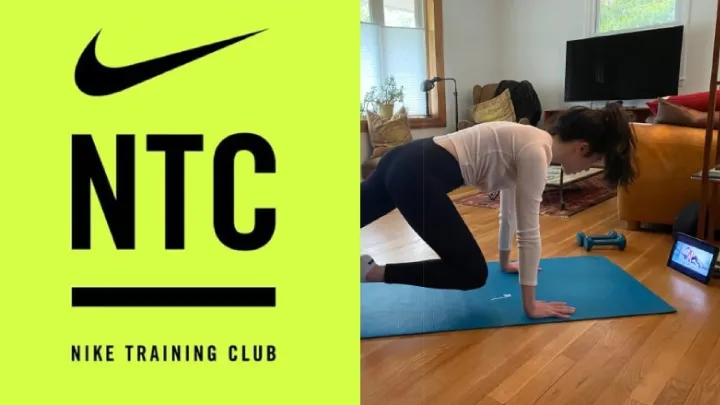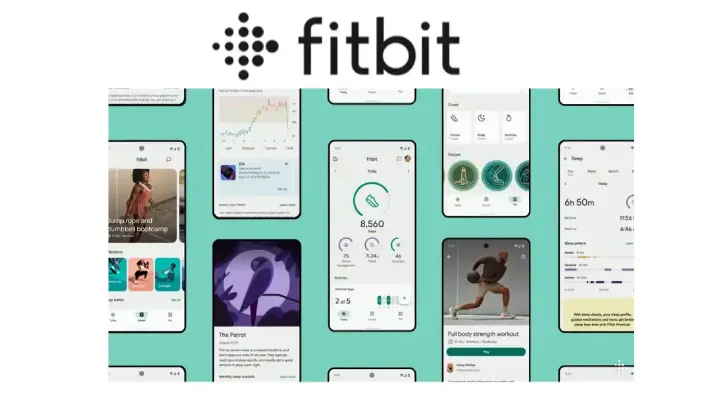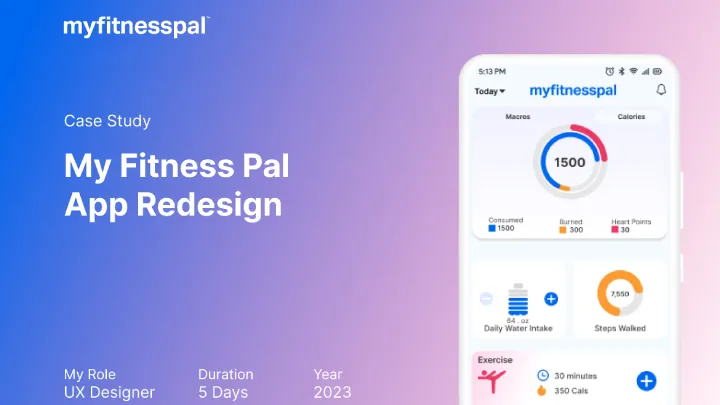In today’s hyperconnected world, where our daily schedules are busier than ever, maintaining good health and consistent fitness routines has become both a challenge and a necessity. Technology, however, has stepped in to bridge this gap, offering a wide array of apps designed to guide, motivate, and support users in their journey toward wellness. From smart calorie trackers and AI-powered personal trainers to meditation platforms and sleep improvement tools, digital wellness apps are transforming how people take care of themselves.
The year 2025 represents a major turning point in the evolution of fitness and wellness apps. With advancements in artificial intelligence, wearable device integrations, and personalized health tracking, the top apps are no longer just digital tools; they are becoming lifestyle companions that adapt to individual needs. This article will take you through the Top 10 Fitness and Wellness Apps Helping You Stay Healthy in 2025, analyzing their unique features, pros and cons, and why they are redefining digital wellness in the modern era.

1. MyFitnessPal
One of the most established and widely used apps in the wellness industry, MyFitnessPal continues to dominate in 2025. Known for its extensive food database, the app offers precise calorie counting, meal planning, and nutritional insights that help users stay accountable to their goals.
Unlike generic calorie counters, MyFitnessPal has integrated AI-based recommendations that learn from your eating habits and activity levels. This makes it easier to adjust meal plans depending on fitness targets, whether it’s weight loss, muscle gain, or maintaining balance.
Another key strength is its seamless integration with fitness trackers and smartwatches, ensuring all data flows into one place. However, while the free version provides plenty of features, the premium plan is often necessary for deeper insights and ad-free use.
2. Fitbit App
The Fitbit app, paired with Fitbit’s wearable devices, is a holistic wellness ecosystem that covers activity tracking, heart rate monitoring, sleep patterns, and stress management. By 2025, Fitbit has evolved into a leading player in predictive health analytics, warning users of potential lifestyle-related risks before they escalate.
The standout feature is the Daily Readiness Score, which evaluates whether your body is ready for an intense workout or needs rest and recovery. This unique insight prevents overtraining and promotes sustainable fitness.
Additionally, Fitbit has improved its mindfulness and guided breathing sessions, acknowledging the importance of mental well-being as part of overall health. Despite its strengths, it’s best paired with Fitbit devices, which may be a limitation for those who use other wearables.

3. Nike Training Club
The Nike Training Club (NTC) app continues to inspire millions of users with its dynamic workout library. Offering everything from high-intensity interval training (HIIT) to yoga and strength training, it caters to users at all fitness levels.
In 2025, Nike has upgraded the app with AI-driven personalization, suggesting workout plans tailored to your goals, time availability, and progress. The professional trainers and athletes featured in the app also add credibility, keeping users motivated.
One of its strongest aspects is the sense of community. Users often feel part of the broader Nike fitness culture, which fosters accountability and long-term consistency. However, as with many fitness apps, maintaining discipline outside of guided sessions can be a challenge.
4. Calm
Fitness is not only about physical strength but also mental resilience, and Calm has positioned itself as the go-to app for stress relief and mindfulness. In 2025, Calm has expanded its library of guided meditations, sleep stories, and breathing exercises.
Its AI personalization adapts recommendations based on mood tracking and daily check-ins, making it a valuable companion for stress-prone professionals. By combining meditation with mental health education, Calm helps users develop resilience against burnout.
The main downside is that the most impactful features require a premium subscription, but for many, the investment is worth the profound improvements in mental well-being.
5. Strava
For runners, cyclists, and endurance athletes, Strava remains a powerhouse app. Its core strength lies in social fitness networking, where users can share workouts, compete in challenges, and analyze performance data.
By 2025, Strava’s integration with AI has revolutionized training analysis, offering predictive insights into performance plateaus and recovery strategies. It also provides GPS-based route planning and safety features that make outdoor training safer and more engaging.
The social aspect can be both motivating and intimidating—while many thrive on friendly competition, others may feel pressured by constant comparisons. Still, for those seeking both performance improvement and community engagement, Strava is unparalleled.
6. Headspace
Another mindfulness app making waves in 2025 is Headspace, known for its approachable and science-backed meditation programs. Unlike Calm, which emphasizes relaxation, Headspace focuses more on developing long-term mindfulness habits and resilience.
The app now includes Move Mode, which introduces mindful workouts blending physical activity with mental presence. This hybrid approach makes it particularly appealing for users looking to merge fitness with emotional balance.
One of its greatest strengths is accessibility—it breaks down meditation into small, manageable sessions that even beginners can adopt easily. Its cartoon-like visuals also make it user-friendly. The only drawback is its narrower library compared to Calm, but its structured, science-based approach makes it highly effective.
7. Apple Fitness+
Apple Fitness+ has rapidly grown into a complete wellness ecosystem, especially for users already within Apple’s device ecosystem. By 2025, it offers live and on-demand workout classes, yoga sessions, guided meditations, and personalized fitness tracking powered by the Apple Watch.
What makes Apple Fitness+ unique is the integration of real-time metrics—heart rate, calories burned, and movement rings displayed directly on your iPhone, iPad, or Apple TV during workouts. This visual engagement motivates users to push further.
While its strengths lie in seamless Apple ecosystem integration, it is limited for those who do not own Apple devices. Nonetheless, for Apple users, it’s one of the most comprehensive wellness platforms available.
8. Noom
Noom is not a traditional fitness app but a psychology-based wellness platform that focuses on long-term behavior change. By combining cognitive behavioral therapy (CBT) techniques with calorie tracking and coaching, it helps users build sustainable habits.
In 2025, Noom has expanded beyond weight management to cover stress reduction, sleep health, and chronic disease prevention. Its personalized coaching ensures users feel supported throughout their journey.
The biggest challenge is the time investment required—reading daily lessons, logging meals, and interacting with coaches demand consistency. However, for individuals seeking real lifestyle change rather than quick fixes, Noom remains one of the best options.
9. Peloton App
While Peloton is often associated with its high-end bikes and treadmills, the Peloton app has expanded far beyond cycling classes. By 2025, it includes strength training, yoga, running, meditation, and even outdoor workouts.
The app’s main strength is its immersive live and on-demand classes, featuring charismatic instructors who create an engaging, community-driven experience. Users often describe Peloton workouts as addictive due to the mix of high-quality content and social interaction.
The main limitation is that some features are best experienced with Peloton equipment, but the app alone still offers immense value for fitness enthusiasts worldwide.
10. Centr by Chris Hemsworth
Launched by actor Chris Hemsworth, Centr has evolved into one of the most well-rounded fitness and wellness apps. It combines workouts, meal planning, mindfulness, and motivational content, guided by top trainers and nutritionists.
By 2025, Centr has integrated AI-driven adaptive coaching, ensuring workouts and meals adjust to your preferences and progress. The app also emphasizes functional fitness, mobility, and overall lifestyle balance, appealing to users who want a holistic approach.
Its premium pricing can be a barrier, but for those who can afford it, Centr provides a complete, all-in-one fitness and wellness solution.

Conclusion
The world of fitness and wellness apps in 2025 is more advanced and personalized than ever before. From calorie tracking and AI-based training insights to meditation and sleep optimization, these Top 10 Fitness and Wellness Apps Helping You Stay Healthy in 2025 provide diverse solutions for every type of user.
Whether you’re a high-performance athlete looking to optimize your training with Strava, a busy professional finding peace through Calm and Headspace, or someone seeking holistic guidance with Centr and Noom, there’s an app that fits your unique needs.
As technology continues to evolve, the future of wellness will only become more adaptive, predictive, and deeply integrated into our daily lives. In short, these apps are not just tools—they are companions guiding us toward a healthier, more balanced life in the digital age.

















